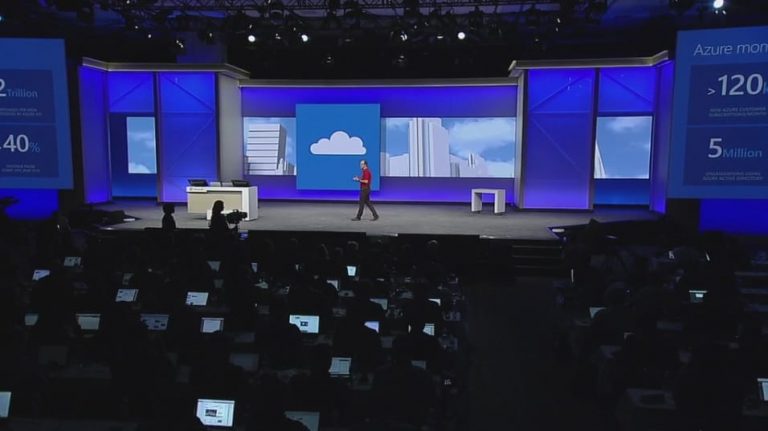Microsoft’s cloud platform, Azure, is a significant and growing element in the company’s pivoting to its new “cloud-first, mobile-first” productivity platform strategy. One of the more important aspects of Azure is how the platform allows Microsoft customers to build integrated solutions that can make up the ever-expanding alphabet soup of applications. This time around, Microsoft is touting the general availability of its Azure Logic apps, enabling customers to create integrated Platform-as-a-Service backbones (iPaaS).

As Microsoft puts in on the Azure blog:
Today we are announcing the general availability of Azure Logic Apps, Microsoft’s Integration Platform-as-a-Service (iPaaS) offering that enables rapid, enterprise-grade, hybrid application connectivity. At the Integrate 2016 conference in London, we shared our vision to build a comprehensive hybrid integration platform that allows customers to seamlessly connect traditional on-premises systems and cloud-native applications. Logic Apps forms an integral part of this strategy, and its general availability marks an important milestone for us in delivering against Microsoft’s Enterprise Application Integration vision.
Why is Logic Apps important? Businesses are going through digital transformation. Applications, data and devices are proliferating. Agile enterprise integration forms the backbone of this journey, making it possible for companies to connect systems and optimize processes as they evolve. At Microsoft, we want to enable our customers by providing the right tools to deliver services faster and stay ahead of competition. With the launch of Logic Apps, customers can seamlessly consume SaaS and enterprise applications, unlock value from their existing on-premises systems and enhance their integration solutions to make informed business decisions.
Essentially, Azure Logic Apps are connectors that work to integrate various Software-as-a-Service applications, such as Salesforce, Office 365, and more. Via a visual designer, IT departments can plug different SaaS applications together to create productivity workflows to automate business processes.
Check out the blog post if you’re responsible for managing your organization’s SaaS and iPaaS implementations, there’s a ton of good detail for you to check out. You can get information on Logic Apps pricing here, and there’s also a Logic Apps tutorial available. Let us know in the comments if your organization can benefit from Azure Logic Apps.



